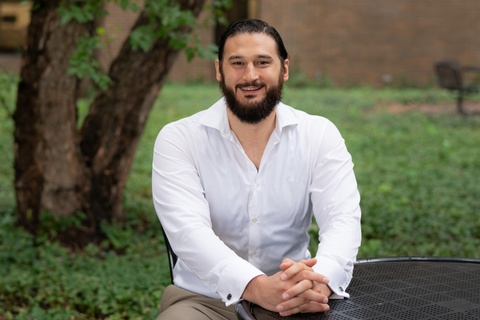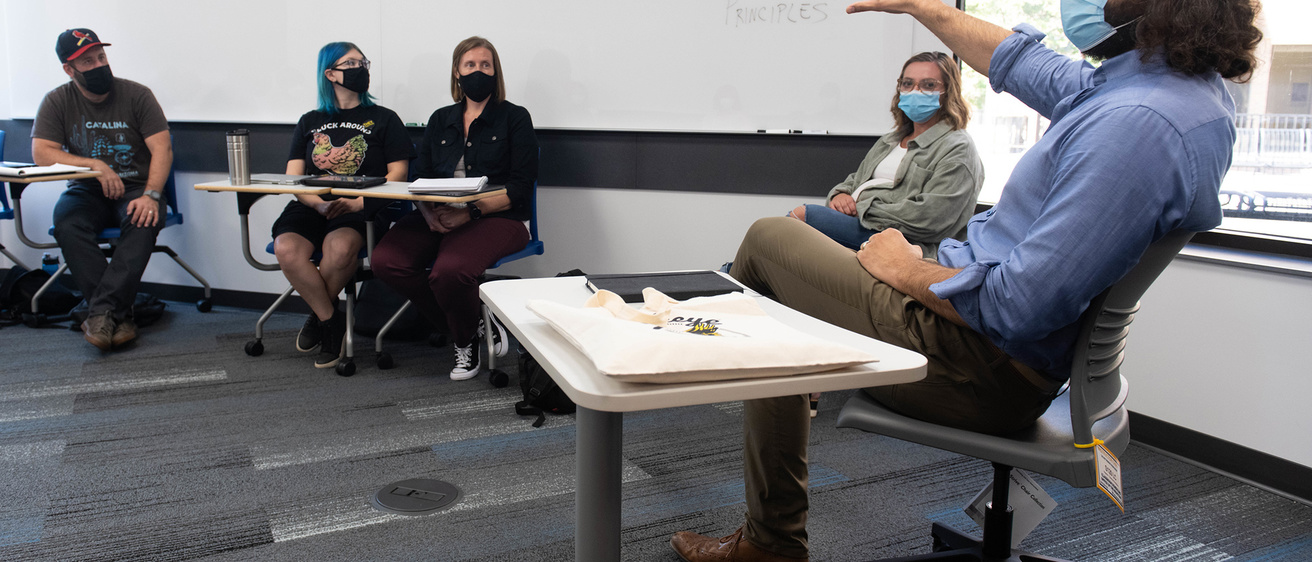Matthew Lira, assistant professor in educational psychology and learning sciences, was awarded a National Science Foundation (NSF) grant to investigate the role of gesture using physical feedback in STEM learning.

The project, entitled “Haptic Technology Innovations to Guide Student Gesturing with Dynamic STEM Visualizations,” totals $549,997 and will be funded for three years. Lira will collaborate with assistant professor in psychological and brain sciences, Ozlem Ece Demir Lira, as well as faculty from the University of Illinois Urbana-Champaign and the University at Albany State University of New York.
The goal of the project is to advance innovations in haptic technologies and interactive visualizations. Haptic technology uses technology to stimulate areas of touch and motion.
As part of the grant, Lira and the team will design and develop an augmented reality haptic STEM learning environment.
Additionally, the project will develop a prototype of a bare-bones haptic glove. Haptic technologies like wearable gloves typically cost around $20,000. The project aims to build a low-cost glove for roughly $1,000.
Gloves will help students coordinate visualizations of STEM concepts with haptic features delivered through the glove. Unlike traditional visual representations like diagrams or animations, haptic technology helps students have a sensory learning experience.
Lira hopes this grant and the use of haptic technology will help University of Iowa students learn notoriously difficult concepts in biological sciences, like bioelectricity.
“I have witnessed first-hand how even the best performing students fail to understand electricity in the body. I was one of them once. That’s what motivates me to do this work,” says Lira. “The learning sciences has so much to offer in encouraging students to use their bodies and innovative technologies to learn. But we cannot just hand them to students, we have to understand how students are most likely to interpret feedback from visual or haptic technologies.”
